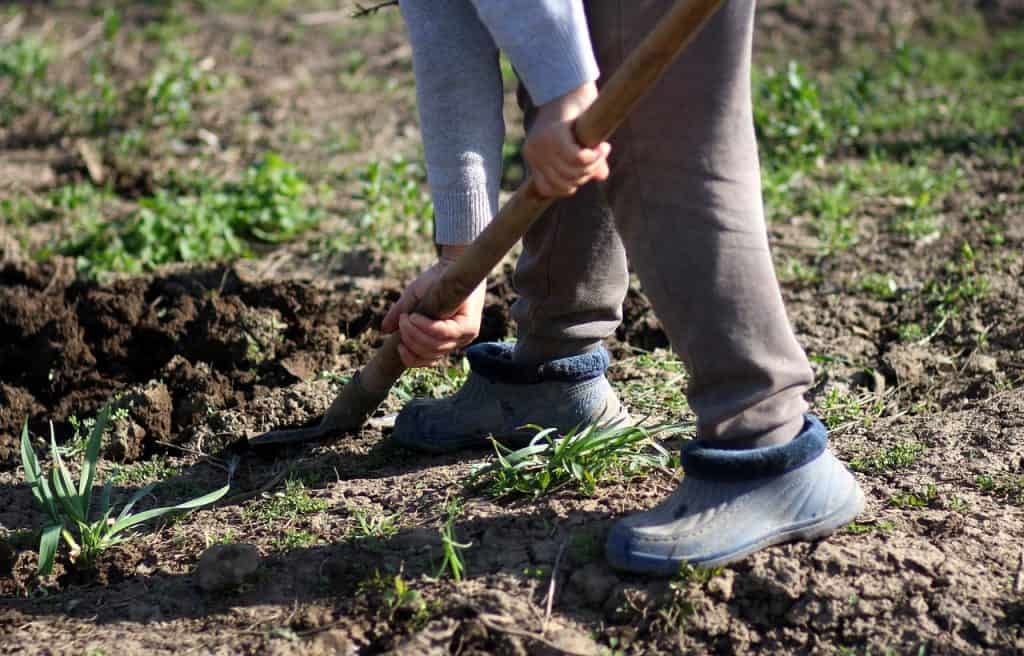Beautiful and lush green grass is the dream of every garden owner. When and how should a lawn be laid to be beautiful and functional? Why sow self-compacting grass?
Self-compacting grass is an innovative product on the market. This type of grass grows very quickly and spreads out sideways. It is very resistant to damage – until recently, this type of seed was only used on football pitches and golf courses, the most heavily used surfaces.
Self-compacting grass has many advantages, and these are:
The best time to start a lawn is late spring or early fall – the ground is warmed and moist, so these are ideal conditions for establishing a lawn. If the grass is sown in late summer or early autumn, it will become a thick carpet in a few weeks. That way, autumn frosts won’t hurt it.

When choosing seeds for seeding, pay attention to the application of the grass. If you want your lawn to be durable and functional, choose seeds
Remove all weeds along with their roots – this can be done with special chemical preparations such as roundup.
When planting a lawn for the first time, remove the old sod.
It is a good idea to add new soil after digging. This will improve the soil structure. If the soil is clayey, you can loosen it by adding light peat, gravel, or sand. Grass grows best if the soil has a pH value of 5.5 to 6.5.
To protect your lawn from moles, lay out a net and bury it about 10 cm deep. This will help to avoid mounds on the lawn.
Leveling the soil is the next step you should take before establishing a lawn. First, level the ground with a rake, breaking up clods of soil in the process. Then, compact the soil with a roller or board.

Before sowing self-compacting grass, the soil should be lightly tilled (gently digging and raking), watered and allowed to dry out. Then the seeds should be sown evenly in a cross pattern. If the garden is large, it is advisable to use a drill for this.
After sowing you should cover the seeds with a thin layer of soil – this way they will be protected from the wind and pecked at by birds
>> See also: The lawn after winter. Why does the grass turn yellow?
After seeding, water the grass regularly for about two weeks. If conditions are favorable, the grass begins to germinate after just a few days. After a month, you can walk on the lawn without worrying about damaging the grass.
A few weeks after germination, it is advisable to fertilize the grass with granulated compound mineral fertilizer – it is the easiest to apply.